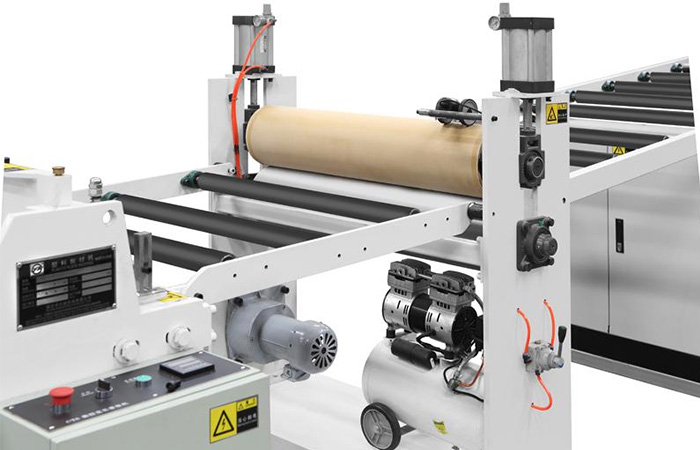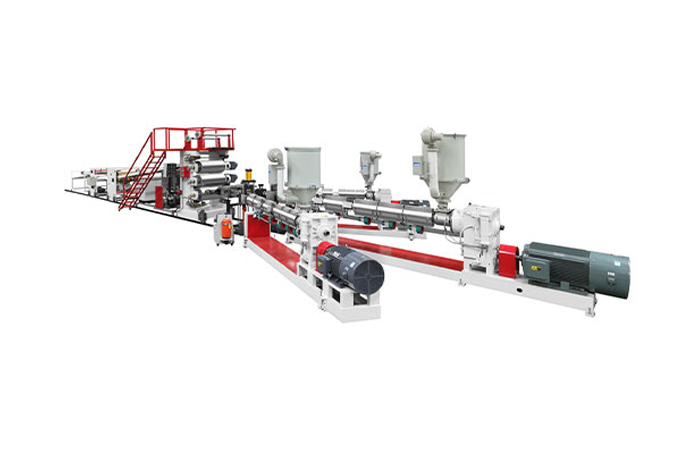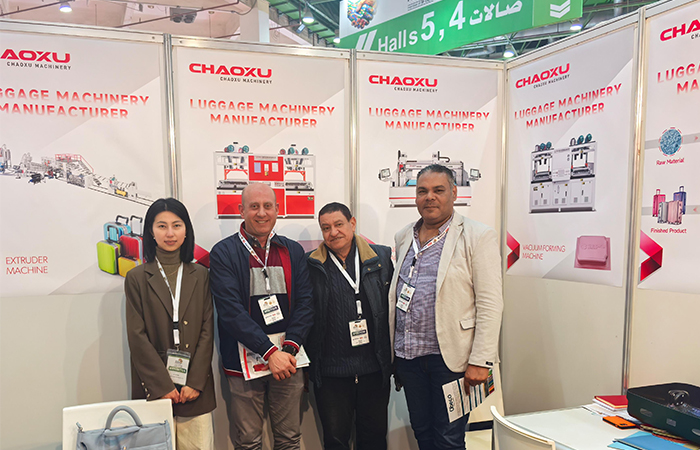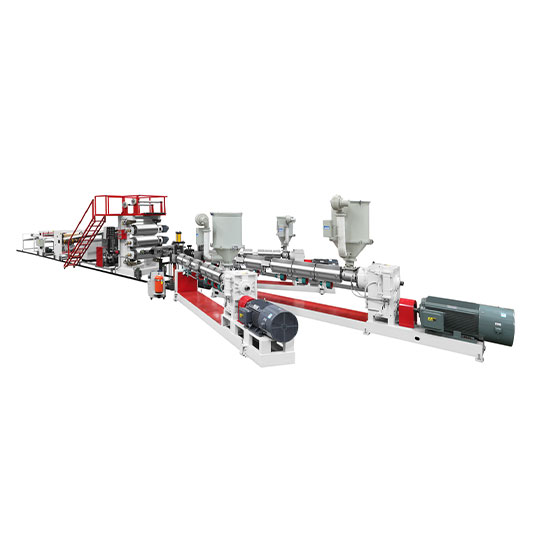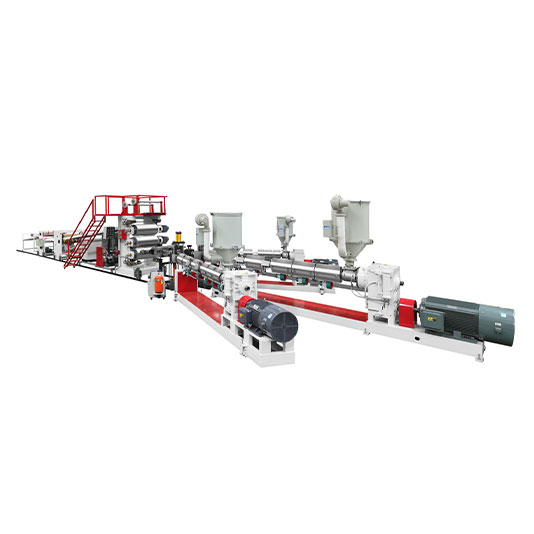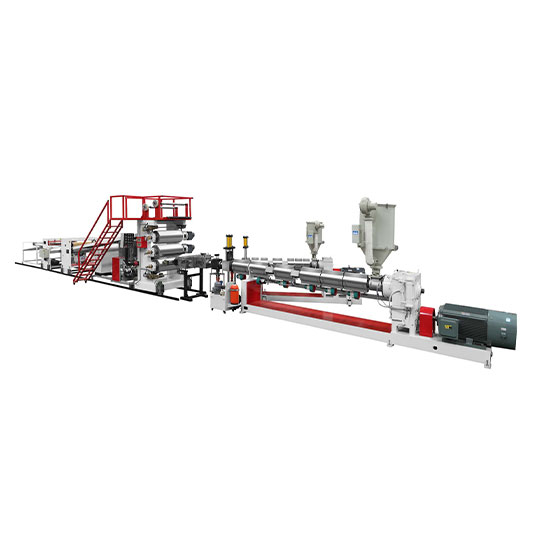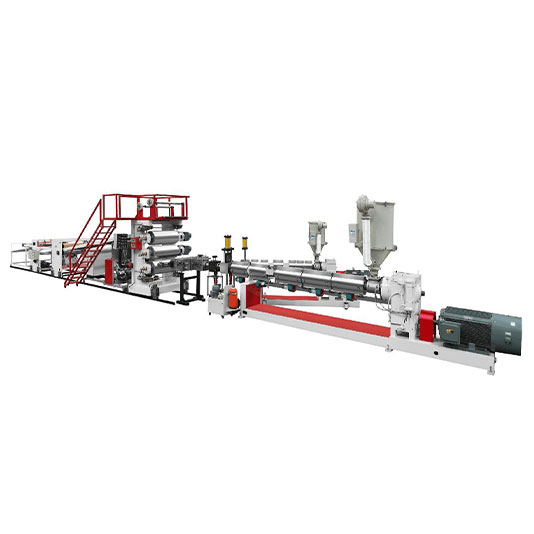In the modern plastics manufacturing industry, the plastic sheet extrusion machine plays a pivotal role. It is an essential piece of equipment designed to transform plastic raw materials into flat, continuous plastic sheets, which are widely used in various applications.
Definition and Concept
A plastic sheet extrusion machine is a mechanical device that uses the extrusion process to produce plastic sheets. It takes plastic pellets, powders, or recycled plastic materials as the input and converts them into sheets with specific thicknesses, widths, and properties through a series of mechanical and thermal operations.
Working Principle
The working principle of a plastic sheet extrusion machine is based on the thermoplastic properties of plastics. First, the plastic raw materials are fed into the hopper of the extruder. From the hopper, the materials enter the extruder barrel, where they are heated by heating elements, such as electric heaters. As the temperature rises, the plastic materials gradually melt and become a viscous fluid.
Inside the extruder barrel, a rotating screw conveys the molten plastic forward. The screw not only transports the plastic but also applies pressure to it, ensuring a continuous and uniform flow. The pressurized molten plastic is then forced through a die, which is a precisely designed opening at the end of the extruder. The die determines the cross - sectional shape of the plastic sheet, usually a flat and rectangular profile.
After passing through the die, the molten plastic sheet exits and enters a cooling and shaping section. Here, the sheet is cooled rapidly by contact with cooling rollers or through air or water cooling methods. Cooling is crucial as it solidifies the plastic sheet, fixing its shape and properties. Once cooled, the plastic sheet may undergo further processing, such as calendaring to improve its surface smoothness and thickness uniformity, or embossing to add decorative patterns. Finally, the finished plastic sheet is wound onto a roll or cut into specific lengths for storage and distribution.
Main Components
-
Extruder: The heart of the plastic sheet extrusion machine. It consists of a barrel, a screw, and a heating system. The extruder is responsible for melting the plastic raw materials, mixing them uniformly, and pumping the molten plastic to the die at a constant pressure.
-
Die: A critical component that determines the shape and dimensions of the plastic sheet. Dies are custom - designed according to the desired sheet thickness, width, and profile. They are made of high - quality materials to ensure long - term durability and accurate shaping.
-
Cooling and Shaping Unit: This unit includes cooling rollers, air knives, or water - cooling devices. Cooling rollers are commonly used, which not only cool the plastic sheet but also help to flatten and smooth its surface. The shaping section may also include devices for controlling the sheet's width and edge quality.
-
Calendaring and Post - processing Equipment: Calendaring rollers are used to further refine the surface finish and thickness uniformity of the plastic sheet. Other post - processing equipment may include embossing rollers for adding patterns, slitting devices for cutting the sheet into specific widths, and winding units for collecting the finished sheet.
Applications
Plastic sheets produced by plastic sheet extrusion machines have a wide range of applications across various industries:
-
Packaging Industry: Plastic sheets are used for manufacturing blister packs, clamshell packages, and flexible packaging materials. They provide excellent protection for products, are lightweight, and can be easily printed and decorated.
-
Construction Industry: In construction, plastic sheets are used as waterproof membranes, insulation materials, and decorative panels. For example, PVC sheets are commonly used as roofing membranes due to their weather resistance and durability.
-
Automotive Industry: Plastic sheets are used in the interior and exterior parts of vehicles. They can be formed into dashboards, door panels, and exterior trim components, offering advantages such as lightweight, corrosion resistance, and design flexibility.
-
Consumer Goods Industry: Many consumer products, such as toys, household appliances, and furniture, use plastic sheets in their production. Plastic sheets can be easily formed into various shapes, providing cost - effective and functional solutions.
Advantages
-
High - efficiency Production: Plastic sheet extrusion machines are capable of continuous production, which can significantly increase production output and meet the large - scale demand of the market.
-
Versatility: They can process a wide variety of plastic materials, including polyethylene (PE), polypropylene (PP), polyvinyl chloride (PVC), and polystyrene (PS), among others. Different materials can be used to produce plastic sheets with different properties, such as transparency, flexibility, and strength.
-
Cost - effectiveness: The extrusion process is relatively cost - effective, especially for large - scale production. It requires less energy and labor compared to some other plastic - forming methods, reducing the overall production cost.
In conclusion, the plastic sheet extrusion machine is an indispensable piece of equipment in the plastics industry. Its ability to produce high - quality plastic sheets with precision and efficiency has made it a cornerstone for the development of various industries that rely on plastic products. As technology continues to advance, plastic sheet extrusion machines are expected to become more efficient, versatile, and environmentally friendly, further expanding their applications and contributions to modern manufacturing.

